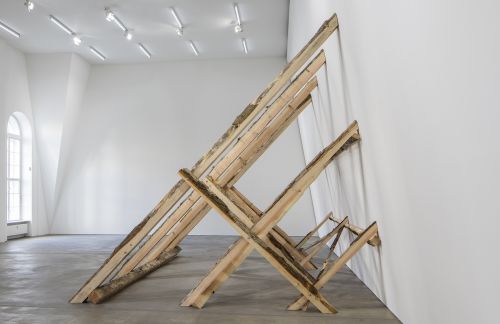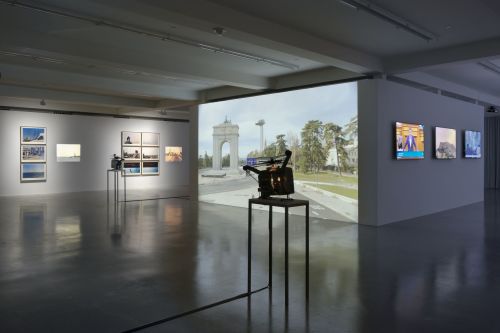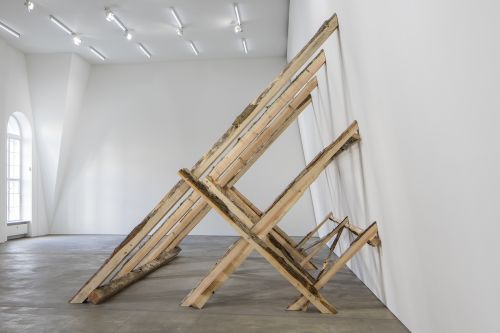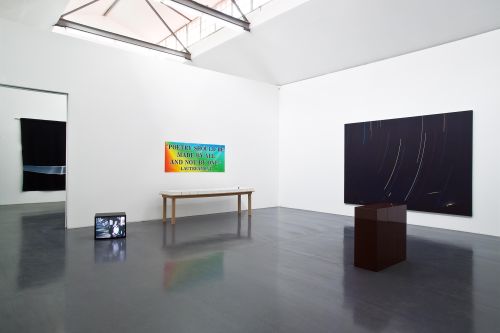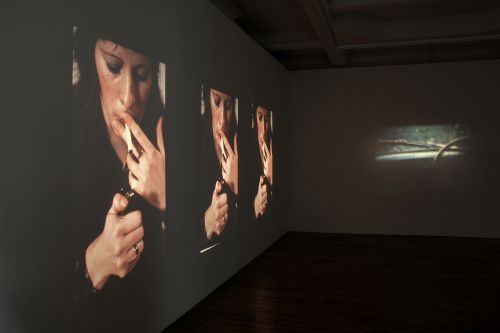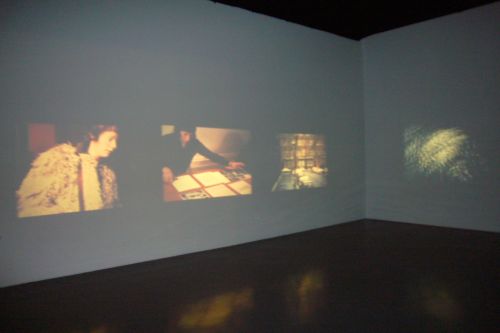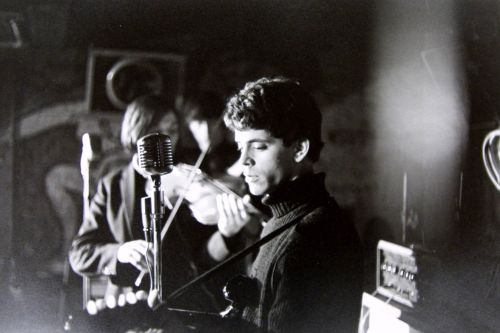David Lamelas (*1946) is a key figure in the history of conceptual art and experimental film. His nomadic practice comprising film and video, performance, photography, sculpture, installation and drawing is as pioneering as it is complex, eluding tidy categorization. Works by the Argentina-born artist, who lives between Los Angeles, Buenos Aires and Paris, focus on the viewer’s own perception and critically assess mechanisms of cultural production. Central to Lamelas’s oeuvre is the notion of time and what people make of it.

Pinault Collection. Photo: Pedro Pape © Projeto Lygia Pape
Minimal
Group Exhibition with Nancy Holt, Robert Irwin, Donald Judd, David Lamelas, Senga Nengudi and Bridget Riley
Bourse de Commerce, Paris
Through January 18, 2026
Bringing together an exceptional group of works from the Pinault Collection in dialogue with those of prestigious collections, Minimal traces the diversity of this movement since the 1960s, when a whole generation of artists (Dan Flavin, Robert Ryman, On Kawara, Agnes Martin, François Morellet, among others) initiated a radical approach to art. This exhibition is curated by Jessica Morgan, director of Dia Art Foundation (New York), who has selected over a hundred works by some forty international artists, including Nancy Holt, Robert Irwin, Donald Judd, David Lamelas, Senga Nengudi and Bridget Riley.
Learn more









































































